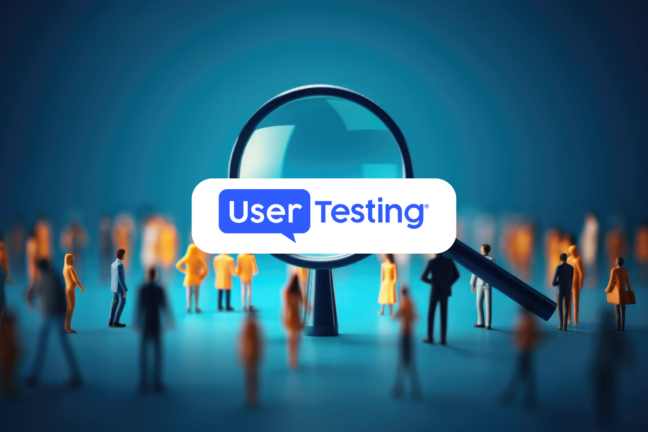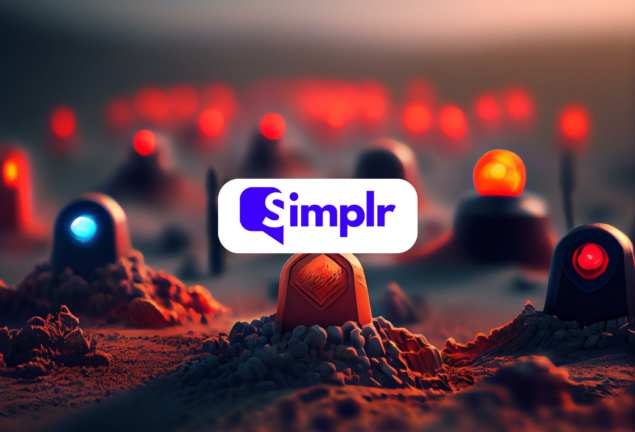Consumer expectations are continuously growing as we head into 2024 and companies need to gear up for even more nuanced preferences if they want to stay afloat. Delivering a consistently smooth experience across website, customer support and a chatbot is the major customer need, reveals the 2024 Consumer Experience Trends Report from Qualtrics.
In general, customers are sharing less direct feedback - all the more worse as they are increasingly frustrated with the customer service while shopping online. Just as companies are embracing AI left, right and center, consumers are putting a higher value on human connection, and actually rewarding brands that deliver exceptional digital support - both with money and their loyalty.
The report identified 4 key trends that will define the consumer experience in 2024:
- Human connection is the foundation of a winning AI strategy
- Great service beats low prices in the battle for customer loyalty
- Digital support is the weakest link in your customer journey
- Consumers don't give feedback like they used to, so companies must listen in new ways.

Hi ChatGPT, how can AI create a human connection?
Contrary to the popular opinion that AI can solve all problems in customer service, consumers are not so eager to interact with a robot instead of a human. Less than half (48%) of consumers are comfortable getting help from a chatbot or using AI-powered self-service. Reasons for scepticism include the loss of human connection, potential poor service and the replacement of people by AI.
CX professionals believe AI will give them a competitive advantage, especially if used in contact centers and customer service. Coupled with the right data, AI can deliver service that resembles the human experience, such as understanding human emotions, adapting to circumstances and acting with empathy.
In 2024, it's up to brands to differentiate between tasks that should and shouldn't be done by AI in order to meet consumer preferences. 73% of consumers are comfortable using a brand's automated system for simple, transactional activities like checking order status. Only 19% of consumers would prefer to interact with a chatbot for advice on a medical issue.
Among the top consumers' concerns about AI are the lack of a human to connect to (48%), poor quality of interactions (45%), and loss of jobs for employees (45%).
"Organizations are understandably excited about the potential of AI, but as they incorporate it into their business, they must take customers' concerns into account. Done well, AI-powered services will make human teams more effective and give customers a fast, effective way to get what they need through self-service and automated tasks," said Moira Dorsey, Principal XM Catalyst, Qualtrics XM Institute.
Customers are not giving feedback like they used to
Though only a third of consumers directly share feedback after a bad experience with a company, many express their opinions through call center conversations, online chats, product reviews, and social media. Since 2021, there's been a 7.2% decline in customers providing direct feedback after a very bad experience. To stay responsive, organizations should pay attention to both direct and indirect feedback, as the latter often offers a more authentic perspective on the customer experience, revealing insights that traditional surveys might miss.
After a bad experience, consumers usually:
- tell friends and family (45%)
- tell the company directly (34%)
- leave review online (26%)
- share their experience on social media (21%)
- say nothing at all (21%).
After a good experience, consumers:
- tell friends and family (50%)
- tell the company directly (33%)
- leave review online (34%)
- share their experience on social media (24%)
- say nothing at all (17%).
According to Dorsey, "Companies need a diverse set of listening tools to understand customers' perceptions and deliver experiences that drive business value. As brands incorporate more unstructured and unsolicited data to understand what customers are thinking from sources like social media, product reviews, chat logs and call transcripts, they should combine it with operational data, such as average spend and visit frequency, to gain insight into what consumers are doing to understand how to serve them better."









